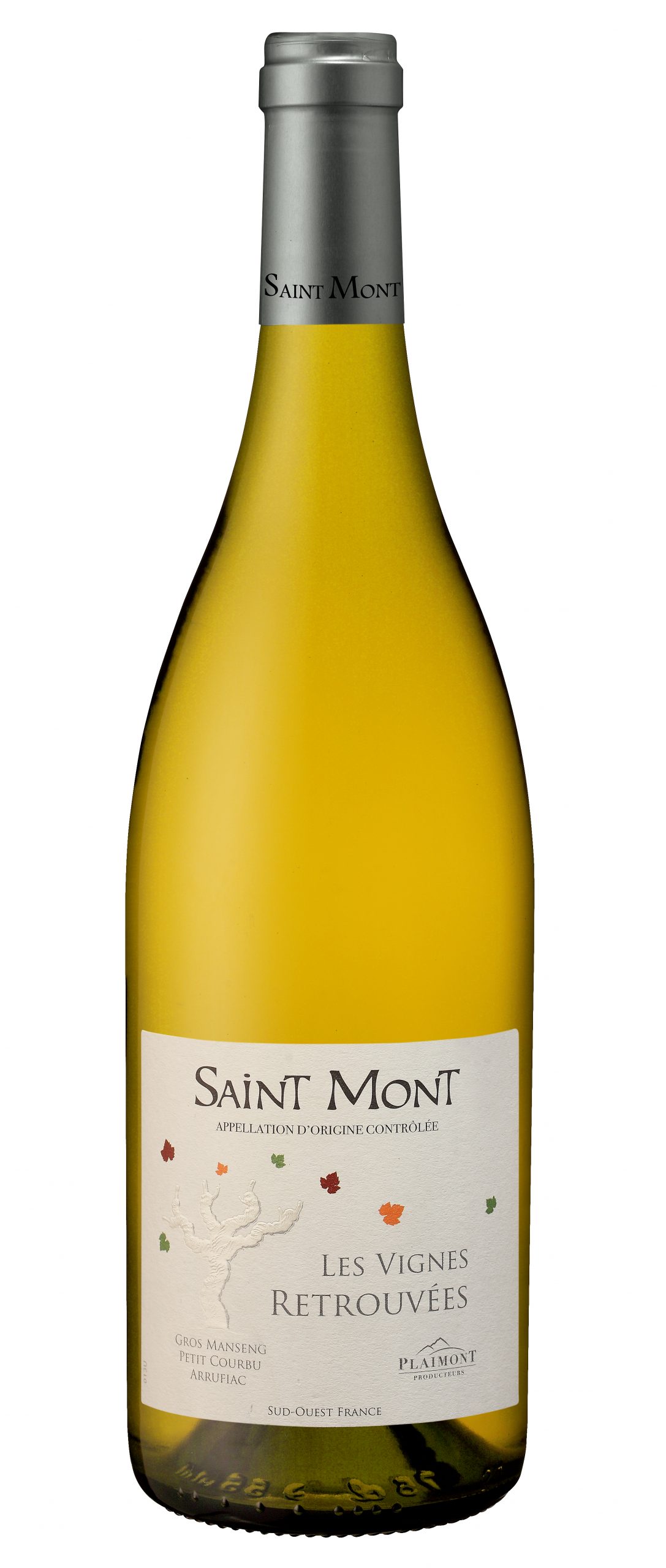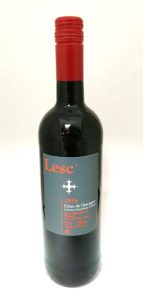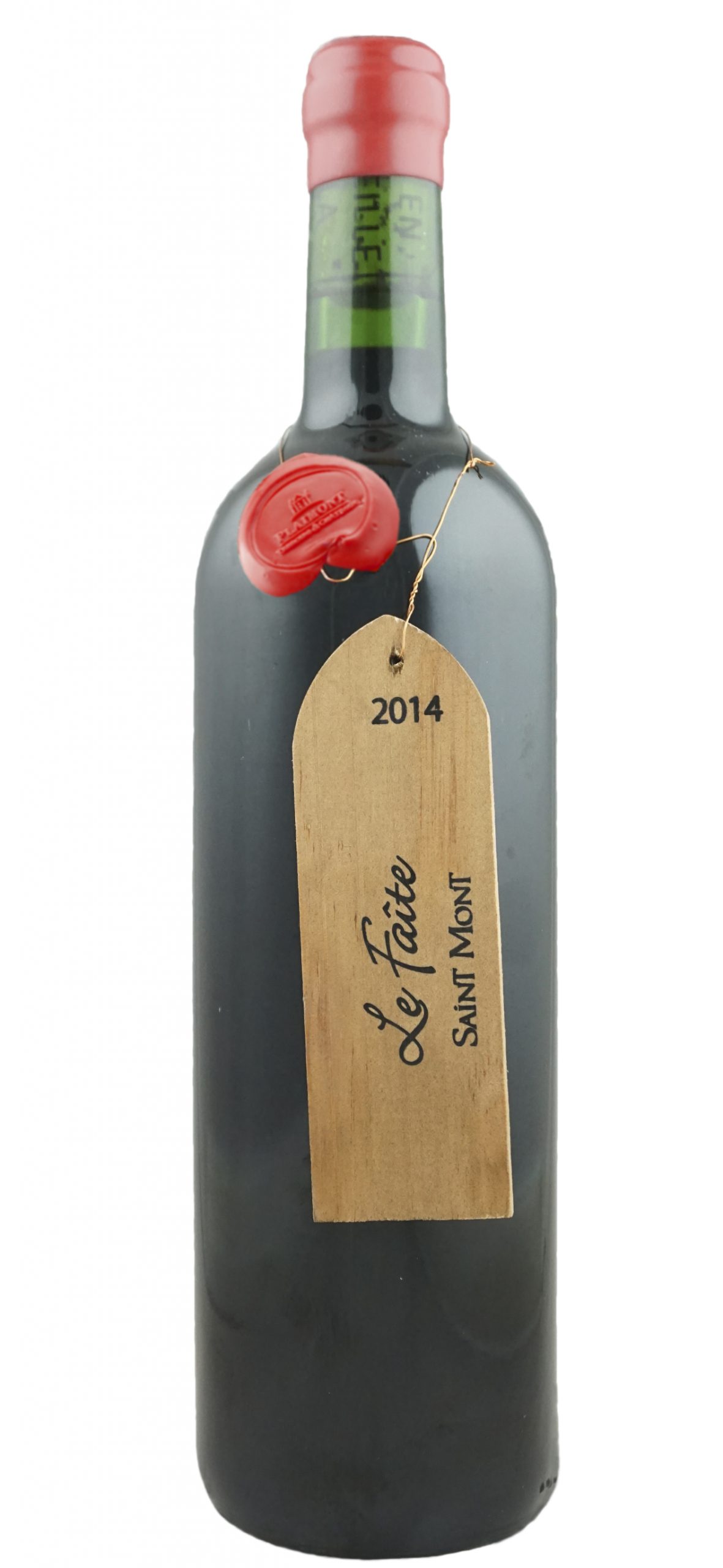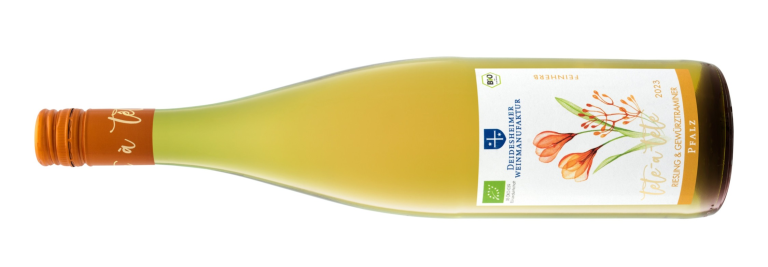While we (rightly) applaud the massive progress in marketing and wine making Languedoc has achieved, there is another success story in that corner of France.
Originally South West France was on most drinkers’ radar because of Armagnac – a beautiful spirit, but a niche one that could hardly be the mainstay of a local economy.
As with Languedoc though, a few able and determined visionaries saw that change was needed and possessed the energy to bring it about.
They recognised that grape production need not just be for the spirits industry – their table wines could also become good business.
But, and this is the interesting bit, they eschewed one of the obvious routes into that market – using the so-called international grape varieties.
Instead they had sufficient confidence in the distinctiveness of their local grapes to make them the central plank of this new activity.
Using unfamiliar grapes from an unfamiliar area is obviously high risk but one particular resemblance gave South West France a helping hand.
The first wines from that area many people encounter are those great value whites from Côtes de Gascogne.
Enthusiasm for them is probably boosted however by the similarlity many of them exhibit to (the ever-popular) sauvignon blanc.
Once that geographic area has been broken into though, the way is clear to the delights other local wines can provide.
The wines of Gaillac, the sweeties of Monbazillac, and the burly reds of Cahors and Madiran all appear over the horizon.
One of the region’s early visionaries, André Dubosc, led the way in the vinous re-invention of his own patch which is about mid-way between Toulouse and the sea.
In his case, he brigaded three existing co-operatives into one major player – Plaimont Producteurs – which now includes around 1000 members and 5000 hectares of vines like those pictured above.
The co-operative – which is the focus of today’s post – that, of course, continues to evolve embracing organic farming and creating its own “conservation centre”.
Its concentration on local grapes means that the co-operative works closely with varieties like tannat, gros manseng and petit courbu to produce a whole range of wines including the delightful sweetie – Pacherence du Viv-Bilh.
So, today, the spotlight goes on a handful of Plaimont wines at several different price points.
First up is the familiar

When folk ask about an off-piste zingy white, I usually point them towards this entry point white that Tesco sell, which is slightly richer than most sauvignon, but usually available at a really good price.
By combining peach and tangerine flavours with lime acidity and embellishing it with impressive herbal texture, 2018 Finest Saint Mont (£6.50 at Tesco and 13.5% abv) provides a feast for tired palates with softness, freshness and length.
Let’s take that up a step

This particular blend (“Les vignes retrouvées” means “rediscovered vines) capitalises on all that’s best about the region’s traditional – and largely forgotten – varieties (gros manseng, petit courbu and arrufiac in this case).
It brilliantly highlights the characteristics that made these varieties distinctive and, in the careful hands of Plaimont’s current team, revives their former glories.
2018 Saint- Mont Les Vignes Retrouvées (£8.95 at The Wine Society and 13.5%) has depth, length, lively acidity and savoury hints and uses them all to underpin a cocktail of quince, apple, pear and pithy grapefruit flavours.
Even further up the quality ladder

One of Plaimont’s iconic wines is La Faîte, a limited edition blend made using fruit from specially selected parcels, and sold in bottles with a wooden label attached.
That label is a homage to producers of old who had no cellars so buried their best wines in clay and identified the content of the bottles with wooden markers like these.
The parcels used for the wine have been chosen because the grapes grown there best reflect the pinnacles to which these varieties can ascend.
Smooth and floral 2016 Le Faîte Saint Mont Blanc (£20.95 at Corney & Barrow and 13.5%) has lemon and lime acidity, herbal and all spice touches and viscous fruit elements that contain orange, peach, pineapple and mango flavours; it is a truly remarkable wine.
Now for the reds

As with the whites, we start with the great value options at the less expensive end of the spectrum and, in particular, with an attractive blend of tannat, cabernet and merlot.
Aromatic with only modest tannin, 2018 Le Lesc Rouge (From £8.50 at Noble Green Wines and 13.5%) delivers herbal loganberry and prune flavours with firm acidity and suggestions of chocolate and green pepper.
Or, equally….

One of the red grape varieties the Plaimont operation has brought back from the (almost) dead is manseng noir – a dark coloured grape with good aging potential – and here they blend it with merlot.
I enjoyed the fullness and smoothness of 2018 Plaimont Moonseng Manseng Noir Merlot (£8.99 at All About Wine and 13%) which works well with the wine’s soft raspberry and cherry flavours and the good acidity, limited tannin and suspicions of cinnamon, bay leaf and coffee that accompany them.
And on its own
I believe The Wine Society may be listing that Moonseng in the autumn while retailers are seriously looking at manseng noir varietals (i.e. not blended with merlot) and, if so, I would certainly keep a look out for both options.
And a sister for the white Faîte

The same loving care seen with the white Faîte (and the same wooden label) applies to its red equivalent which, this time, is 75% tannat, 10% cabernet sauvignon and 15% pinenc (a perfumed, curranty grape also known as fer).
The result, in 2015 Le Faite Saint Mont Rouge (£20.95 at Corney & Barrow and 14.5%) is smooth, floral red wine with sharp acidity, chewy tannin, cherry, loganberry and blackberry flavours underpinned by graphite depth that also contains hints of cinnamon.
Join us again on Monday when we look at my current Top Tips and any news on Supermarket promotions.








